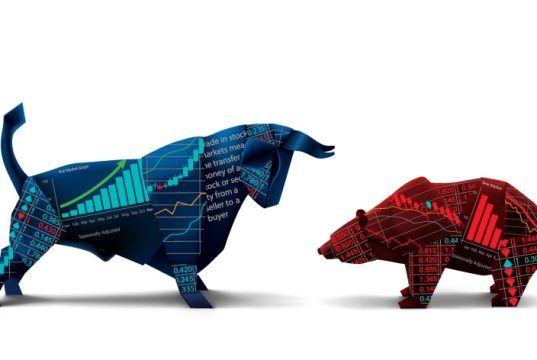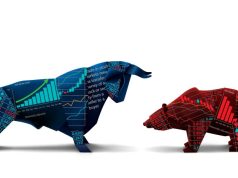Avoid These Toxic Stocks
The right stocks can make you rich and change your life.
The wrong stocks, though… They can do a whole lot more than “underperform.” If only! They can eviscerate your wealth, bleeding out your hard-won profits.
They’re pure portfolio poison.
Surprisingly, not many investors want to talk about this. You certainly don’t hear about the danger in the mainstream media – until it’s too late.
That’s not to suggest they’re obscure companies – some of the “toxic stocks” I’m going to name for you are, in fact, regularly in the headlines for other reasons, often in glowing terms.
I will run down the list and give you a chance to learn the names of three companies I think everyone should own instead.
But first, if you own any or all of these “toxic stocks,” sell them today…
C3.ai Inc (AI)
C3.ai may have a catchy ticker symbol that aligns with the market’s enthusiasm for artificial intelligence. Still, there really isn’t much else to say about AI when it comes to considering it for our portfolios. AI is slow-moving, unprofitable, and lacks the potential to benefit from the current excitement surrounding consumer-facing AI. It isn’t sure that C3.ai will capitalize on the opportunity, making it a stock to avoid; it is largely inflated at this point, and, unfortunately, many of us were late to the rally.
AI’s stock is up year-to-date by an insane 240%, and the case for it being overvalued is an easy one to make when looking at the negative numbers. AI has a 2.61 beta and an ROE of -28.02% and shows $266 million in TTM revenue, from which it lost $268 million thanks to its crazy -100.77% profit margin. AI shows negative year-over-year growth in net income (-11.19%), net profit margin (-11.05%), and operating income (-29.65%). With a 10-day average trading volume of roughly 52 million shares, AI has a median price target of $23.50, with a high of $50 and a low of $14, suggesting the potential for a price decrease anywhere from -45% to -67%. AI has six buy ratings and four hold ratings.
[stock_market_widget type=”accordion” template=”extended” color=”#5679FF” assets=”AI” start_expanded=”true” display_currency_symbol=”true” api=”yf”]
Abrdn Income Credit Strategies Fund (ACP)
A closed-end fund, Abrdn Income Credit Strategies Fund, offers a high forward dividend yield of 14.35%. However, Over the past year, ACP shares have fallen by more than 11%. Further declines may be ahead for two reasons.
First, higher interest rates have had an inverse effect on the value of ACP’s portfolio of low-rated debt securities. Second, the current economic downturn could increase the default risk of ACP’s holdings. This may also result in another dividend cut, like the 16.7% cut implemented in 2020.
[stock_market_widget type=”accordion” template=”extended” color=”#5679FF” assets=”ACP” start_expanded=”true” display_currency_symbol=”true” api=”yf”]
Algoma Steel (ASTL)
Algoma Steel has been battling lower steel prices, higher input costs, and weak demand, particularly in the North American housing sector. But the truth is, Algoma Steel has been a lousy investment for years. Since early 2021, ASTL stock has dropped more than 25%, including a 22% pullback in the last 12 months. Algoma Steel recently reported that its net income for its fiscal fourth quarter plummeted 108% from a year earlier due to lower steel prices and weakening demand for its products. The company reported a fiscal Q4 net loss of $20.4 million, down from a net profit of $242.9 million in 2022. That equated to a loss per share of 19 cents — a dramatic difference from income of $1.45 a share just a year ago. We don’t foresee a significant shift for ASTL anytime soon.
[stock_market_widget type=”accordion” template=”extended” color=”#5679FF” assets=”ASTL” start_expanded=”true” display_currency_symbol=”true” api=”yf”]













